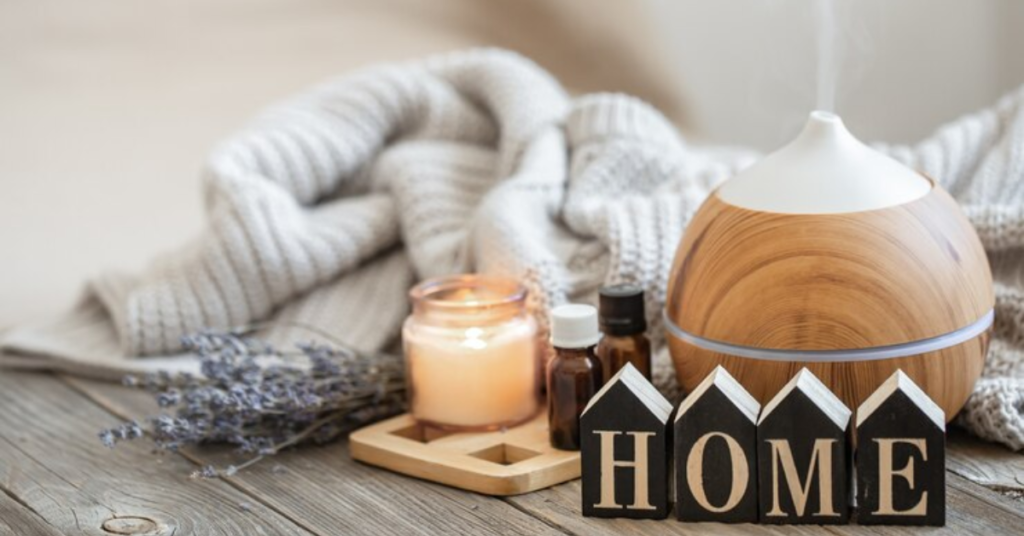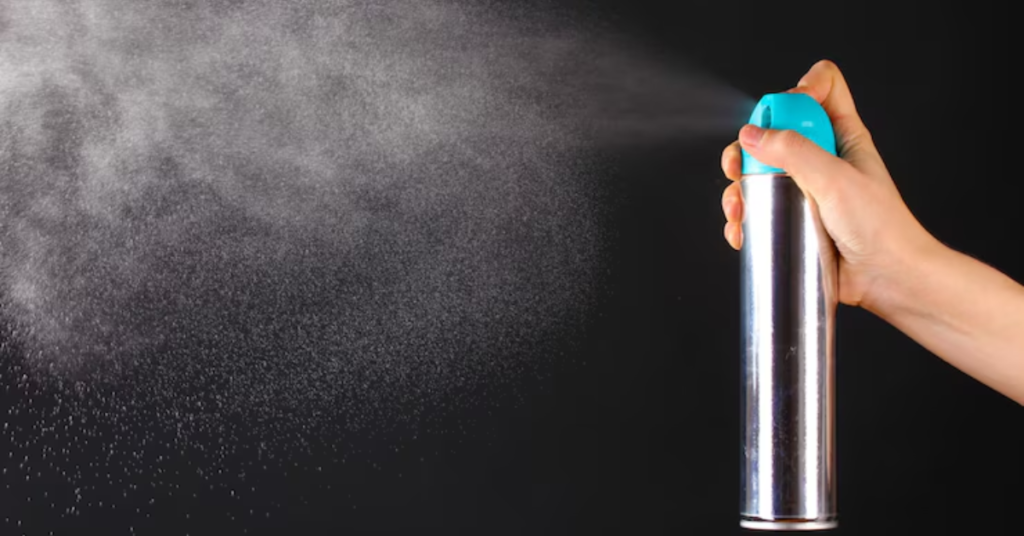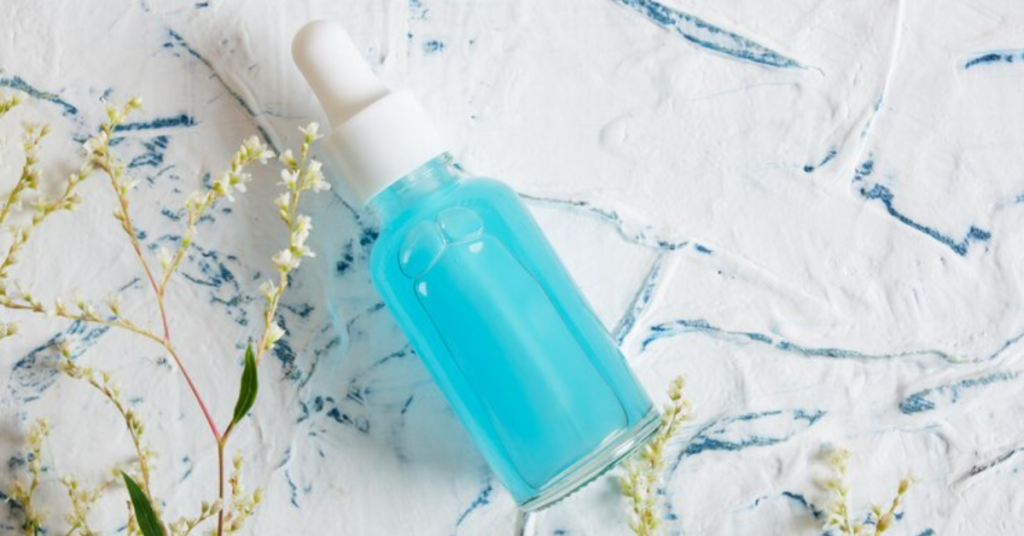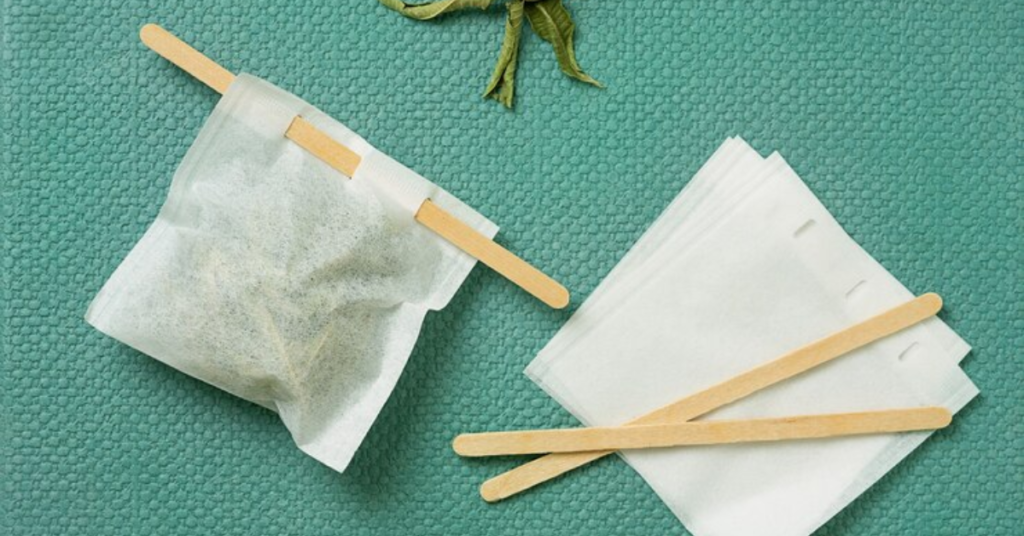Have you ever walked into a room and immediately got into a field of lavender or a tropical beach? That’s the magic of air fresheners, But with so many options available, it is complicated to choose the right one for home. In this guide, we will discuss the air fresheners, their history, ingredients, environmental impact and let you know the tips on how to select the perfect scent for your space.
Experience the bliss of summer indoors with Air Wick’s Vanilla & Muskmelon Refill + Automatic Spray Kit. Refresh your space effortlessly. Grab yours now!
History of Air Fresheners

Since ancient societies employed aromatic plants and oils to cover up offensive smells, air fresheners have been around for generations. Scents and techniques have changed over time; scented candles and incense have given way to aerosol sprays and electric diffusers. A common human goal is to make places that smell good and the development of air fresheners is a reflection of our constant search for more reachable and efficient ways to improve the quality of the air in our homes and public areas.
Types of Air Fresheners
Today, there is a wide variety of air fresheners available in the market, each having its own feathers. Air sprays are easy to use and offer quick fragrance, while plug-in air fresheners provide continuous scent for larger spaces. Gel and solid air fresheners are good for small rooms and can last for weeks and natural air fresheners are considered more eco-friendly with scents derived from essential oils and plant extracts.
Aerosol Sprays

Aerosol sprays are one of the most popular types of air fresheners due to their convenience and effectiveness. They come in a multiple range of scents from floral and fruity to spicy and woody and are good for quickly freshening the room. However, some aerosol sprays contain harmful chemicals such as phthalates, formaldehyde and benzene which can be harmful to your health and the environment both so, when you are going choose an aerosol spray always look for natural and eco-friendly alternatives that use essential oils and plant-based ingredients to freshen the air without compromising your health.
Plug-In Air Fresheners
Plug-in air fresheners are another best option which offer continuous scent for larger spaces such as living rooms, bedrooms and offices. They are easy to use and come in a wide range of scents and designs to enhance your decor. However, like aerosol sprays, some plug-in air fresheners contain harmful chemicals and synthetic fragrances. In order to minimize exposure to harmful substances, go only for plug-in air fresheners that use natural and eco-friendly ingredients and always follow the instructions from the manufacturer for safe and proper use.
Gel and Solid Air Fresheners

Gel and solid air fresheners are a perfect option for small rooms like bathrooms, closets and cars. They come in a variety of scents and can last longer for weeks that make them a pocket friendly choice for maintaining a pleasant environment. Many gel and solid air fresheners use natural ingredients and essential oils to freshen the air, making them a safer and more eco-friendly alternative to aerosol sprays and plug-in air fresheners.
Natural Air Fresheners
If you prefer to avoid synthetic fragrances and chemicals altogether, natural air fresheners offer a more eco-friendly option with scents derived from essential oils and plant extracts. From homemade room sprays and reed diffusers to scented sachets and potpourri, there are plenty of DIY recipes that you can try using natural ingredients to freshen the air in your home. Natural air fresheners are not only better for your health and the environment but they also offer a wide range of scents and options to suit your preferences and enhance your living space.
Harmful Chemicals and Their Effects

Synthetic scents contain phthalates to extend their shelf life, but these chemicals can also affect hormone levels which lead to issues with reproduction and development. Benzene is a dangerous substance that can cause severe headaches, dizziness and respiratory problems in humans and pets . Formaldehyde is a carcinogen that can irritate the eyes, nose and throat. In order to minimize exposure to these harmful substances, choose air fresheners that are free from synthetic fragrances, phthalates, formaldehyde and benzene and opt for natural and eco-friendly alternatives that use essential oils and plant-based ingredients to freshen the air safely and effectively.
DIY Air Freshener Recipes
If you like to make air fresheners at home, there are a lot of DIY recipes available that you can try using natural ingredients and essential oils. You can make from homemade room sprays and reed diffusers to scented sachets and potpourri, the possibilities are endless. Here are a few simple and easy-to-make DIY air freshener recipes to get you started:
Homemade Room Spray

- 1 cup distilled water
- 2 tablespoons vodka or witch hazel
- 10-15 drops of your favorite essential oils (such as lavender, lemon, or peppermint)
Mix all ingredients in a spray bottle and shake well before each use. Spray all around your home to freshen the air and create a pleasant environment.
Reed Diffuser
- Small glass jar with a narrow opening
- 1/4 cup carrier oil (such as safflower or sweet almond oil)
- 15-20 drops of your favorite essential oils
- 5-10 reed diffuser sticks
Combine carrier oil and essential oils in the glass jar and stir well to mix. Insert the reed diffuser sticks into the jar and let them soak for a few hours. Flip the sticks to saturate the other end and place the jar in a well-ventilated area to diffuse the scent throughout your home.
Scented Sachets

- Small fabric sachet bags
- Dried flowers, herbs, and spices (such as lavender, rose petals and cinnamon sticks)
- 10-15 drops of your favorite essential oils
Fill the fabric sachet bags with dried flowers, herbs, and spices, and add a few drops of essential oils to enhance the scent. Place the sachet bags in drawers, closets, and other small spaces to freshen the air and add a pleasant fragrance to your belongings.
Pros
Cons
FAQ’s
What are the best natural ingredients for DIY air fresheners?
Essential oils, baking soda and vinegar are popular natural ingredients for DIY air fresheners.
Are plug-in air fresheners safe to use?
Some plug-in air fresheners contain harmful chemicals, so it’s important to choose natural and eco-friendly options.
How often should I replace my air freshener?
The frequency of replacement varies depending on the type and usage, but generally, every 30 days is recommended.
Do air fresheners improve indoor air quality?
While they can mask odors, air fresheners do not improve indoor air quality and may contain harmful chemicals.
Conclusion
Whether you prefer aerosol sprays, plug-in air fresheners, or natural alternatives, there is a perfect air freshener out there for everyone. You may make decisions that will freshen up your house without endangering the environment or your health by being aware of the many kinds, ingredients, and do-it-yourself possibilities. So go ahead, explore the world of air fresheners, and find the perfect scent to transform your living space into a fragrant and inviting haven.



